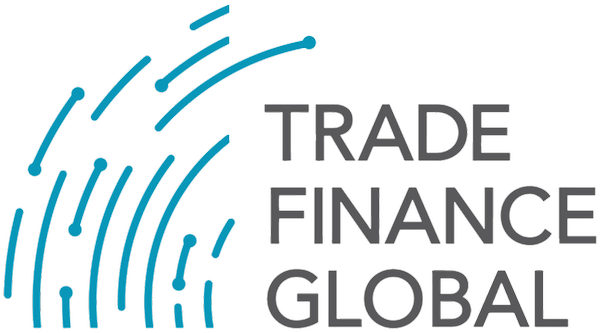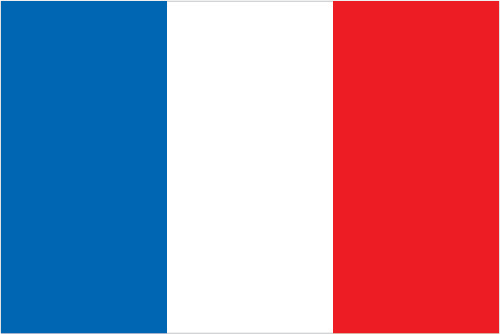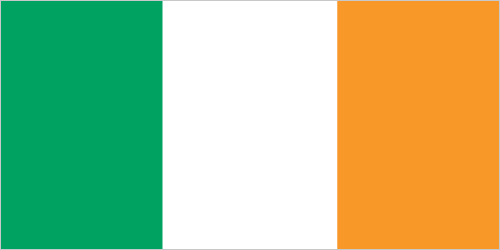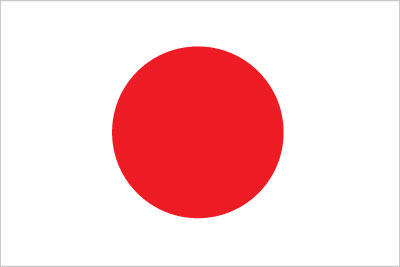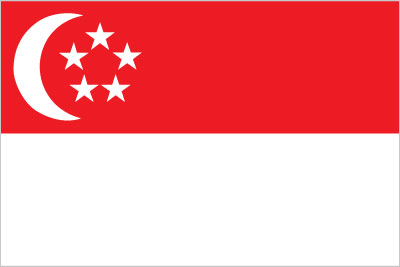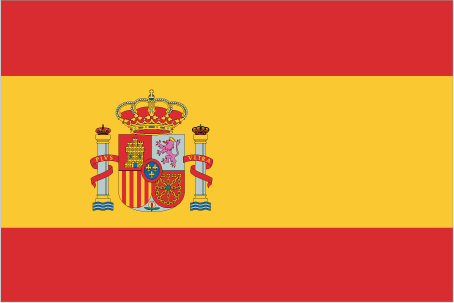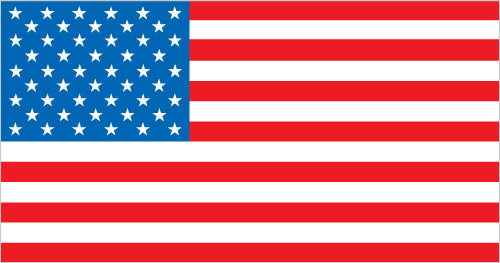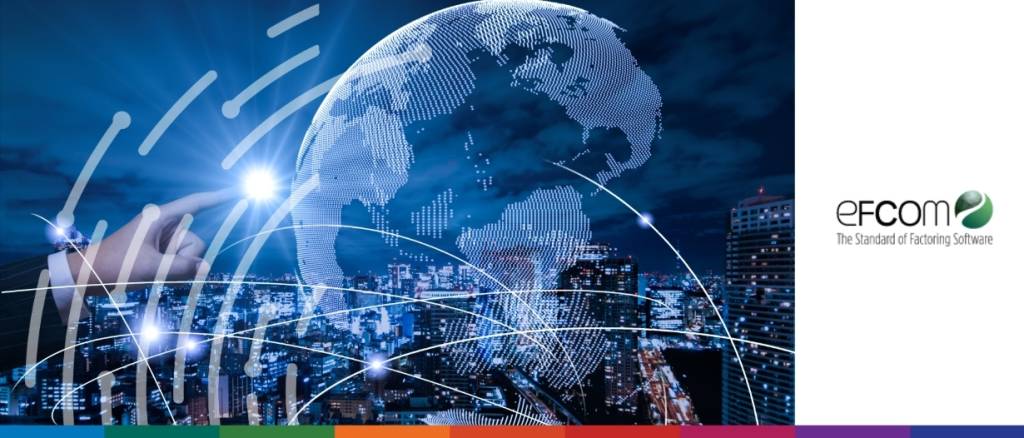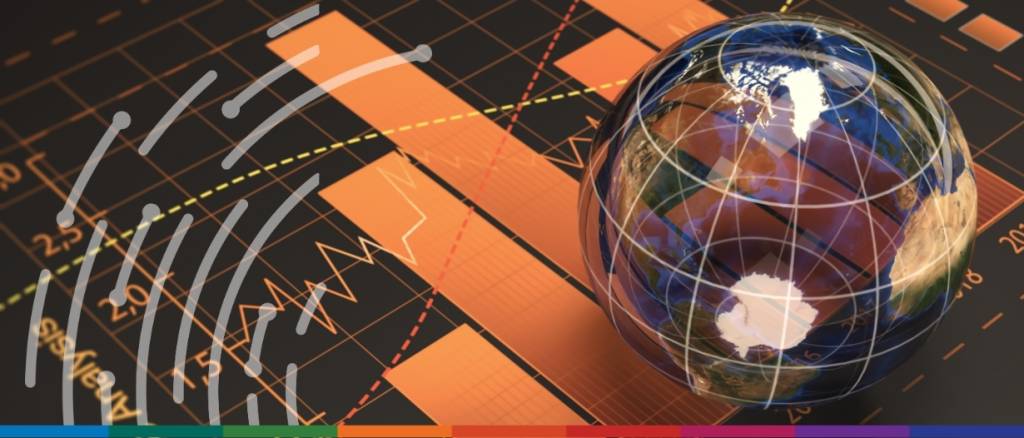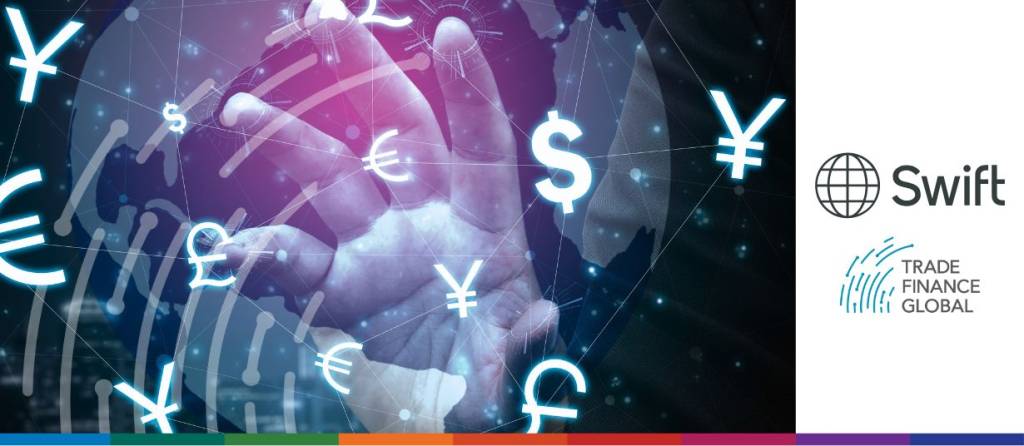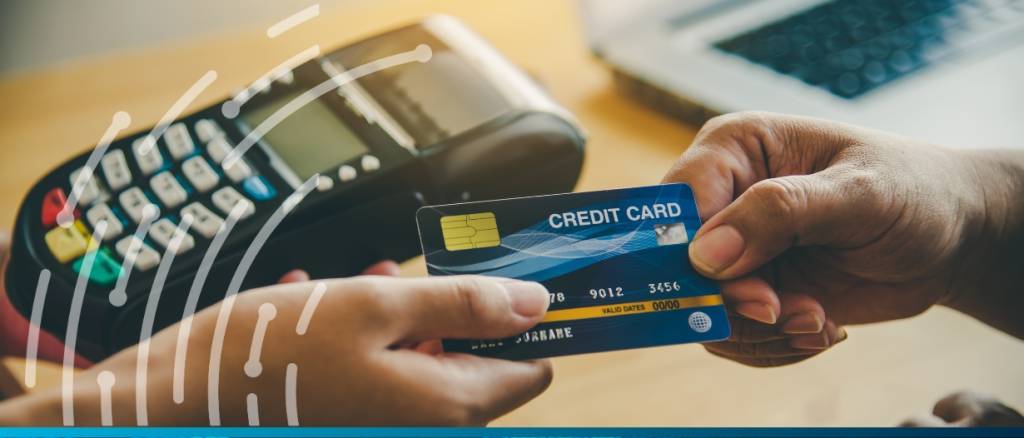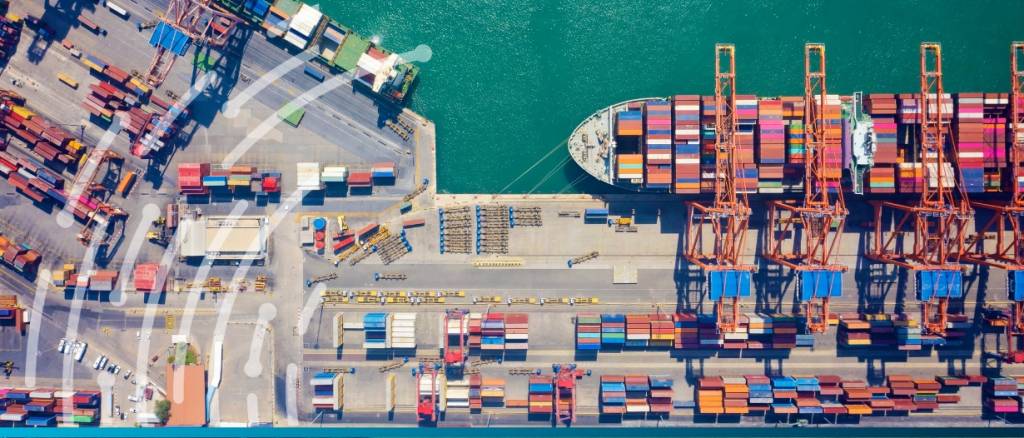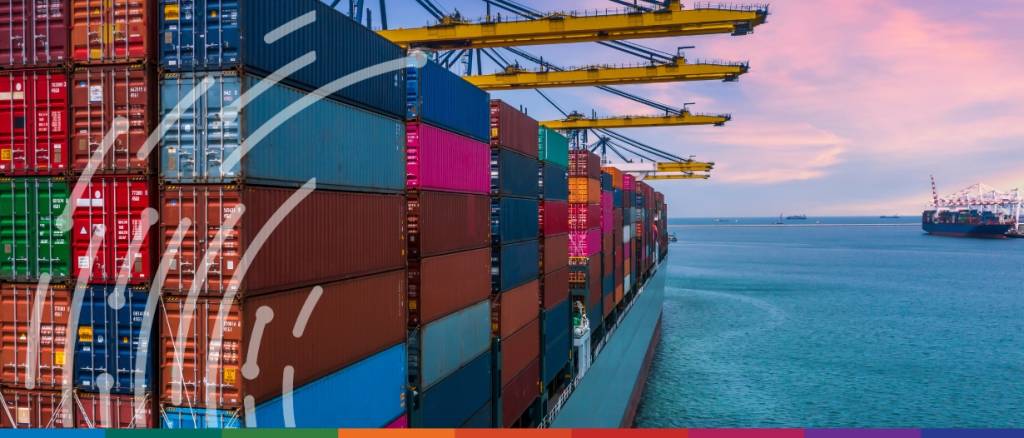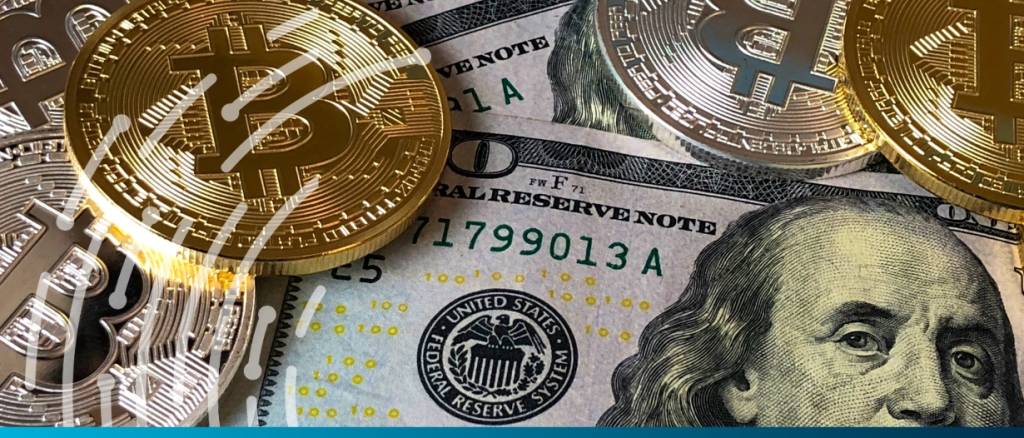The receivables financing sector has long been expressed by a careful balance between opportunity and risk. It is predicted that the global supply chain finance would attain $17.43 billion by… read more →
Earlier this week, global trade technology company IQAX became the first in the world to have its electronic bill of lading (eBL) solution go live with the Digital Container Shipping… read more →
The USDB token, unveiled this week, is backed entirely by US and Brazilian government bonds and will be subject to regular audits, according to the São Paulo-based company. The stablecoin… read more →
As a customer, it looks like payments are becoming easier than ever. With a tap of a card or two clicks in an online store, our money can change hands… read more →
The global payments processing market, currently valued at $55 trillion, is projected to reach $79 trillion by 2029, growing at an annual rate of 7%. With this in mind, the… read more →
The United Nations Commission on International Trade Law (UNCITRAL) is developing a comprehensive international convention to standardise negotiable cargo documents across multiple transportation modes, potentially transforming international trade documentation practices.… read more →
Nowadays, we take shipping and container shipping’s rich history and significance in global trade for granted. The most counterintuitive learning for me at Global Shipping Business Network (GSBN) was that… read more →
Technology platform Chainlink, Microsoft Brazil, the Brazilian digital bank Banco Inter, and IT services company 7COMm are developing it. The pilot programme aims to demonstrate cross-border agricultural commodity transactions using… read more →
Read the Bahasa Indonesia version here With 64 million MSMEs, spanning from agriculture to essential services, these businesses constitute 60.5% of Indonesian GDP and employ 97.0% of the workforce. However, their… read more →
The initiative focuses on digitalising bills of exchange for working capital solutions. J.P. Morgan and Enigio are collaborating to modernise traditional trade finance processes supported by recent legal reforms, such… read more →
